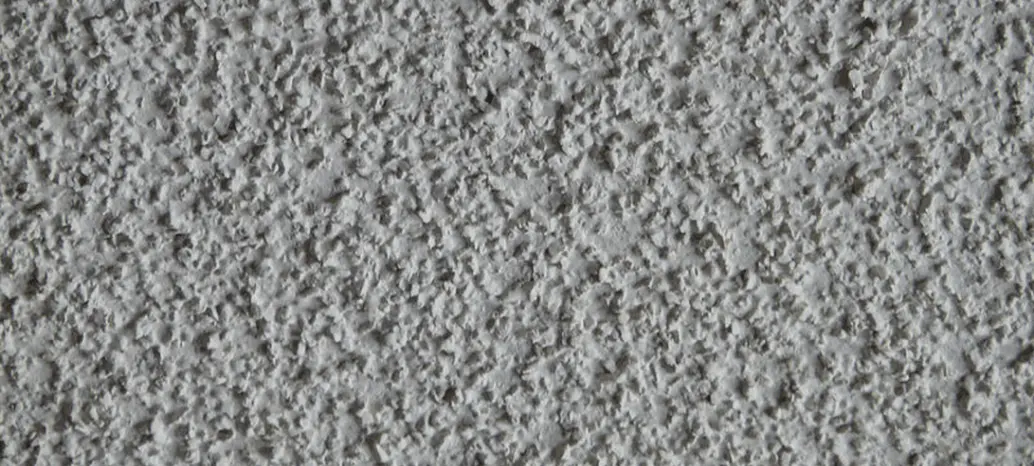Asbestos Testing Services
At Environix, we offer a complete set of asbestos testing services for industrial, commercial, and residential customers. Regardless of the size of your project, our team of professional inspectors can survey the area and test building materials in order to help identify potential threats.
The term ‘asbestos’ covers a wide range of fibrous minerals that occur naturally. These minerals are malleable, extremely hard, and resistant to heat as well as most chemicals. Asbestos has been used in many consumer goods, which include paper, construction materials, textile products, and even car parts.
If you’re planning on remodeling a building or demolishing an old structure, get in touch with our team of asbestos specialists today.
How Does Asbestos Affect Your Health?
Asbestos is dangerous because of the airborne particles it releases when disturbed. When inhaled, these fibers can lodge themselves in lung tissue. Continuous exposure to asbestos can result in serious respiratory and lung conditions, although these may take several years to develop.
If you or a loved one has been exposed to asbestos, you should consult with a health care provider who focuses on lung and respiratory conditions.
Major Health Risks Associated with Exposure to Asbestos
Although some can take years to develop, ongoing asbestos exposure can cause severe respiratory diseases. These are:
Asbestosis
Asbestosis is a serious respiratory lung disease that progresses slowly over time. After they’re inhaled, asbestos fibers cause lung tissue scarring. Because of this, the lungs can’t get enough oxygen into the circulatory system. This results in shortness of breath, a crackling sound when inhaling, and other severe symptoms. There is currently no effective treatment for asbestosis.
Lung Cancer
The most common major disease caused by asbestos is lung cancer. That said, the condition usually develops years after exposure to airborne fibers. Symptoms include persistent coughing, chest pains, wheezing, chronic respiratory infections, and loss of appetite.
Mesothelioma
Like other asbestos-related conditions, mesothelioma may develop years after exposure. This type of cancer affects the membrane of the heart, chest, abdomen, and lung. Almost all recorded cases have been related to asbestos, which is one of the reasons why it’s now considered a dangerous material.
Materials that May Contain Asbestos
Fibers made from asbestos are very strong and resistant to heat, so they were used in a huge collection of consumer products. The most common ones include fireproofing, flooring, roofing, and different types of insulation. Some of these can still be found today, so it’s important to know which goods may potentially contain asbestos.
According to the EPA, all asbestos products can be categorized into one of the following groups.
- Vinyl/asbestos floor tile
- Automatic transmission components
- Clutch facings
- Disc brake pads
- Drum brake linings
- Brake blocks
- Commercial and industrial asbestos friction products
- Sheet and beater-add gaskets (except industrial specialty models)
- Commercial, corrugated and specialty paper
- Millboard
- Rollboard
- Asbestos-cement corrugated sheet, flat sheet, pipe, shingle
- Roof coatings
- Flooring felt
- Pipeline wrap
- Roofing felt
- Asbestos clothing
- Non-roof coatings
Frequently Asked Questions
Managing asbestos is not always easy. To help you out, we’ve answered some common questions about asbestos testing below.
What is Asbestos?
Asbestos can be defined as a group of six minerals in their asbestiform. The minerals are amosite, crocidolite, tremolite, anthophyllite, actinolite, and chrysotile.
When Should You Test for Asbestos?
According to the Asbestos Hazard Emergency Response Act (AHERA), asbestos testing is required whenever you’re disturbing certain building materials. The list includes all building materials except for glass, metal, and wood.
Who is Authorized to Perform Asbestos Testing?
Homeowners who are carrying out the entire asbestos abatement process can use home kits to test the building materials. But, if you want to hire an asbestos testing company, the provider needs to be AHERA certified in order to carry out the inspection.
When is an AHERA Asbestos Building Inspector required to perform the testing?
Asbestos Surveys for renovations and demolitions must be performed by an AHERA Building Inspector as defined under 40 CFR 763 except for surveys associated with the renovation of an owner-occupied, single-family residence. For the renovation of such residences, homeowners may perform their own asbestos surveys. However, if an owner-occupied single-family residence is to be demolished, an AHERA Building Inspector must be employed for the asbestos survey.
I’m repainting my popcorn ceiling, do I need to test for asbestos?
No. Repainting does not typically disturb asbestos-containing material. However, if the popcorn is degraded and will be disturbed by prepping, painting, etc., then testing is required.
We’re replacing our vinyl floor – do I need to test for asbestos?
Yes. Vinyl floor and any underlying adhesives are considered a potentially asbestos-containing material.
Do I need to test the flooring if I’m simply installing carpet on top of the vinyl?
No. Installing carpet on top of flooring is not considered a disturbance.
What about industrial asbestos production in Seattle?
To our knowledge, asbestos mining has not occurred within the Seattle region. However, vermiculite, an insulation material containing asbestos, was produced or handled in numerous facilities throughout the Seattle area. The EPA lists all of these facilities as closed as of 2000.
What are the primary applications of asbestos?
Asbestos has been used commercially for thousands of years. The fiber was utilized in a variety of ways including newspapers, lamp wicks and even table cloths. However, full-scale production of asbestos did not begin until the early 19th century. During this era, asbestos fibers found their way into a variety of products including brake pads, insulation, ceiling tiles, etc. Before the deleterious health effects were understood, asbestos was widely praised for its flame resistance and durability. Production of asbestos peaked worldwide in 1977 at just under 5 million metric tons. Since then, growing health concerns have led to an overall decline down to 2.3 million metric tons in 2005.



